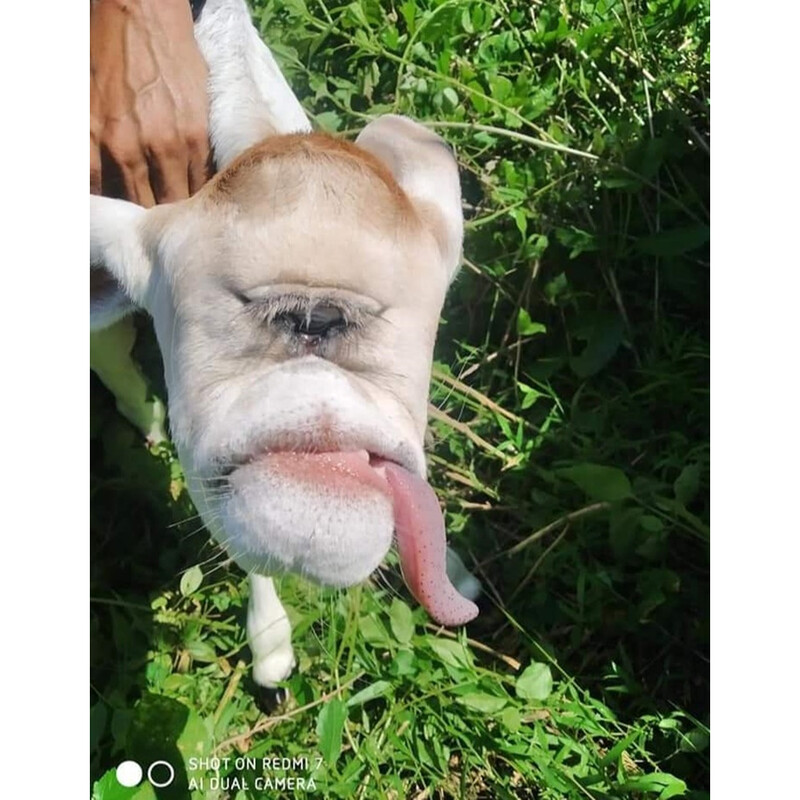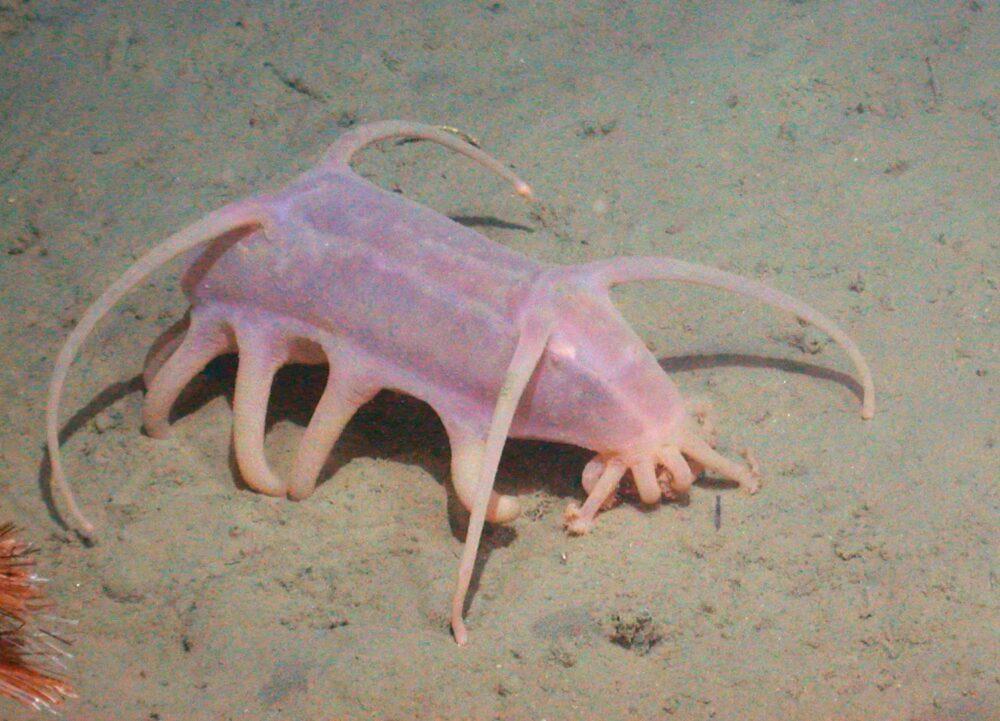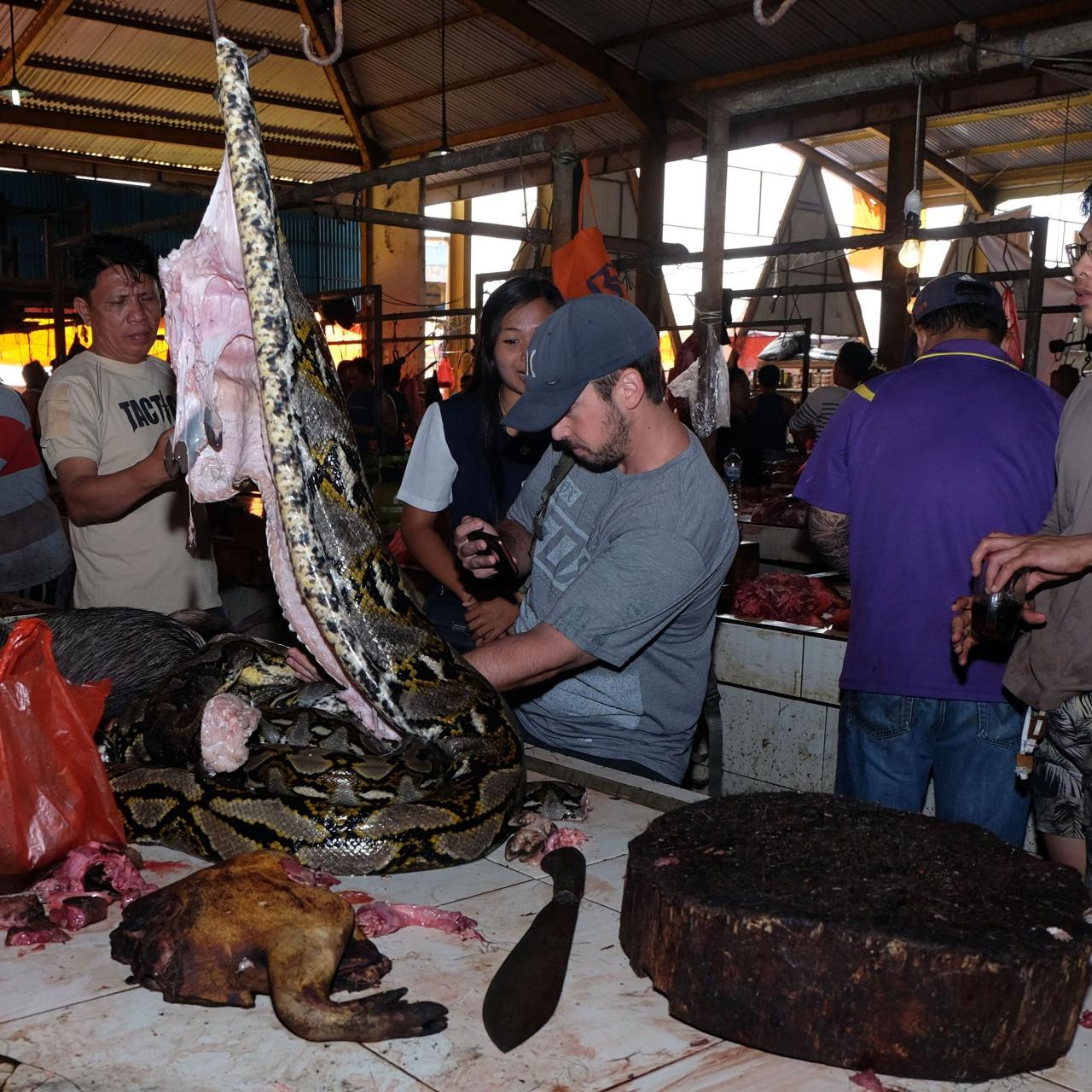
When you think of a white bird, what comes to mind? A swan, a heron, or a crane? These are just a few of the white birds that are some of the most easily recognizable in the United States. Pure white birds aren’t something you are likely to see at your bird feeder, but there are many types of snowy white birds in the wild. Keep reading to learn about 15 types of white birds found in North America.
15 TYPES OF WHITE BIRDS
While many birds have some white in their plumage, birds that are almost entirely white are a little harder to come by. Most of these all white birds live in areas near fresh water, saltwater, or terrain that is often snow covered. Their white feathers are adaptations to help them blend into their environment.
1. ROCK PTARMIGAN

Rock Ptarmigan with transitional plumage | image by Alaska Region U.S. Fish & Wildlife via Flickr
This small omnivorous bird is native to the upper reaches of Alaska and Canada. It makes its home in rocky outcroppings between ice and snow in the open plains of these cold regions. Throughout most of the year, Rock Ptarmigans are pure white to blend in with the color of the snow.
During summers, however, they molt three times! This is done to attract mates and to differentiate the birds from other ptarmigans. Males will partially molt once into plumage to court with, molt fully into brown breeding plumage, and then molt one last time in the fall back to all white.
2. AMERICAN WHITE PELICAN

Scientific name: Pelecanus erythrorhynchos
This unmistakable bird is ubiquitous around the coasts of the United States. What trip to the ocean is complete without the clacking of a pelican’s beak?
The American White Pelican winters primarily along the southern coasts of the United States, including Florida, the Gulf Coast and into Texas, as well as Southern California. They summer in the Northern Rockies and into the plains of central Canada.
Pelicans are unique because the pouch on the lower half of their beak expands to collect prey, which they swallow whole. They often swim together in groups to catch fish, their favored prey.
3. CATTLE EGRET

Scientific name: Bulbulcus ibis
Unlike their other egret relatives, Cattle Egrets prefer dry land to water and love to forage for insects. They are known to hang around cattle fields to take advantage of the insects disturbed by the large animals while grazing.
These birds are the smallest species of egret, and they can be found throughout the southern United States and Mexico. They migrate as far north as Kansas and Missouri, and as far west as southern California.
During the non-breeding season they are almost all white, while during breeding adults have pale golden feathers along their head, breast and back.
4. GREAT EGRET

Scientific name: Ardea alba
The Great Egret is native to most of South America, however further north it tends to stick to Florida and the warmer coasts of the United States. It summers in the Midwest and pockets in the Pacific Northwest.
This water-loving bird is entirely white except for its bright yellow beak and dark black legs. They hunt by foraging in standing water and stabbing their head down to catch prey.
Spot a Great Egret when it flies between wetland areas. They don’t tuck their legs in as they fly, but they do tuck in their long, slender neck.
5. WHITE IBIS

Scientific name: Eudocimus albus
Native to the southern coasts of the United States, the Caribbean and coastal Mexico, the White Ibis is notable for its dark pink legs and bill as well as the black wingtips on its otherwise white body.
Their bill is curved downwards, unlike herons and egrets. This helps them look for prey in mud and wet sand along the water’s edge, foraging with their head down and beak in the substrate. These are another bird that you might see on a wet lawn in the morning!
6. TUNDRA SWAN

cientific name: Cynus columbianus
Native to the northern central United States and Central Canada up into the Arctic Circle, the Tundra Swan is well-accustomed to frigid temperatures and harsh winds. This beautiful white swan is the smallest swan in North America but can be distinguished from geese by way of its long, graceful neck.
Spot Tundra swans migrating in V-formations in the air and roosting at night in open water. Their calls are quiet, gentle, and may sound like the baying of dogs from a distance.
7. TRUMPETER SWAN

Scientific name: Cygnus buccinator
This bird is often well known to non-birders in the United States, thanks to childhood books about a Trumpeter Swan which learns to play the trumpet. In real life, however, Trumpeter Swans have all the trumpet they need from their vocal trumpet-like calls. Larger than the Tundra Swan, the Trumpeter Swan has a straight upper bill and a more rounded back.
Trumpeter swans make their home in pockets of the northern and central west of the United States, including a large pocket around the Great Lakes. They also live along the Pacific coast from Northern California up to Alaska.
8. SNOWY OWL

Scientific name: Bubo scandiacus
Snowy owls were an iconic bird even before the Harry Potter series. Their white coloration and yellow eyes make them a favorite for many. This coloring helps them blend in perfect with the arctic tundra where they nest. Males are all white or have a few brown spots, while females have dark barring all over their body except their face.
After spending summer in the arctic, they travel south to winter in Alaska, Canada, and some states along the northern border of the U.S. Occasionally they have an “irruptive” year where they travel further south into the U.S. and lucky bird watchers as far south as Tennessee and Oklahoma can catch a glimpse.
9. SNOW BUNTING

Scientific name: Plectrophenax nivalis
Snow buntings breed in the arctic, nesting deep in cracks and rock cavities. Breeding males have a snowy white body and head with black on their wings, while females appear with more brown streaks.
For the non-breeding season they head south to areas of Canada and the northern half of the U.S. During this time they appear much less white, with rusty brown feathers appearing on their head, shoulders, chest and back. This coloring helps them blend in very well with the ground, where they like to forage among cut crop fields and beach / lakeshores.
10. SNOWY EGRET

Scientific name: Egretta thula
At first glance the snowy egret may seem very similar to the Great Egret. They do share much of the same territory on the map, found all year in South America, Florida, and coastal areas of Mexico and the Southern U.S., along some some inland locations in the U.S. during the summer.
Snowy egrets are smaller than the Great Egret, and sport yellow feet and a black bill. During the breeding season, they grow long, wispy white plumes on their back, neck and head.
During the late 1800’s these plumes were highly coveted for use in hats and fashion, and Snowy Egrets were hunted heavily until protective laws were eventually put in place. Thankfully their population has rebounded.
11. ROYAL TERN

Scientific name: Thalasseus maximus
If you’ve visited the seashore in the United States, you’ve likely seen a Royal Tern. Common along the Atlantic, Pacific, and Gulf coast, the Royal tern can be recognized by way of its flat head and sharp bright orange beak.
Royal terns hunt for fish, their favored prey, by soaring over the water until they spot a fish. When they do, they dive down into the water and catch it. These birds also prefer to nest together on sandy islands, not cliffs like other birds.
12. ELEGANT TERN

Scientific name: Thalasseus elegans
The Elegant tern is very similar to its cousin, the Royal tern, but a few traits set it apart. First off, you’ll only spot the Elegant tern along the Pacific coast of Mexico, California, and Oregon.
Second, these waterbirds are almost entirely white and gray. They do have a black crest on their head, which droops more at the back of the neck than the Royal tern’s does. Lastly, the Elegant tern’s beak is thinner, more delicate, and angled slightly down.
They like sandbars and calm lagoons to forage and nest in. There are many species of tern found in North America, and for the most part they have very similar coloring and it takes careful observation to tell them apart!
13. IVORY GULL

Scientific name: Pagophila eburnea
While most seagulls have a lot of white on their body, the Ivory gull takes the cake. Adults are pure white all over, with black legs, and a pale blueish-gray bill tipped in yellow. Although you aren’t likely to see one unless you take a trip to the high arctic where they live, they have occasionally been spotted in the United States.
In fact, they live so far north that they have been recorded only 130 miles away from the North Pole!
14. SNOW GOOSE

Scientific name: Anser caerulescens
The Snow Goose is all white with black wingtips, pink legs and beak. However there is also a “blue morph” version who’s plumage is partly or entirely dark. Your best chance of seeing them is during the winter when they can be found around bodies of water and open fields across the U.S. As with many other white birds on our list, they spend their breeding season high up in the arctic.
During migration they travel in huge flocks, often making a lot of noise with their honk-like call. You will probably hear them flying overhead before spotting them.
15. WHOOPING CRANE

Scientific name: Grus americana
Another well-known white bird, the Whooping Crane, is a critically endangered species of waterbird that lives in a narrow corridor of habitat in the American Midwest. Its habitat range stretches from Texas northward into central Canada and is home to only a few hundred birds.
Its original breeding colony was in Northwestern Canada. Restoring wintering grounds in the state of Texas have proven beneficial to the population, which is now over 300 wild birds. That’s a far cry from the 23 that were present in the wild in the 1940s!








